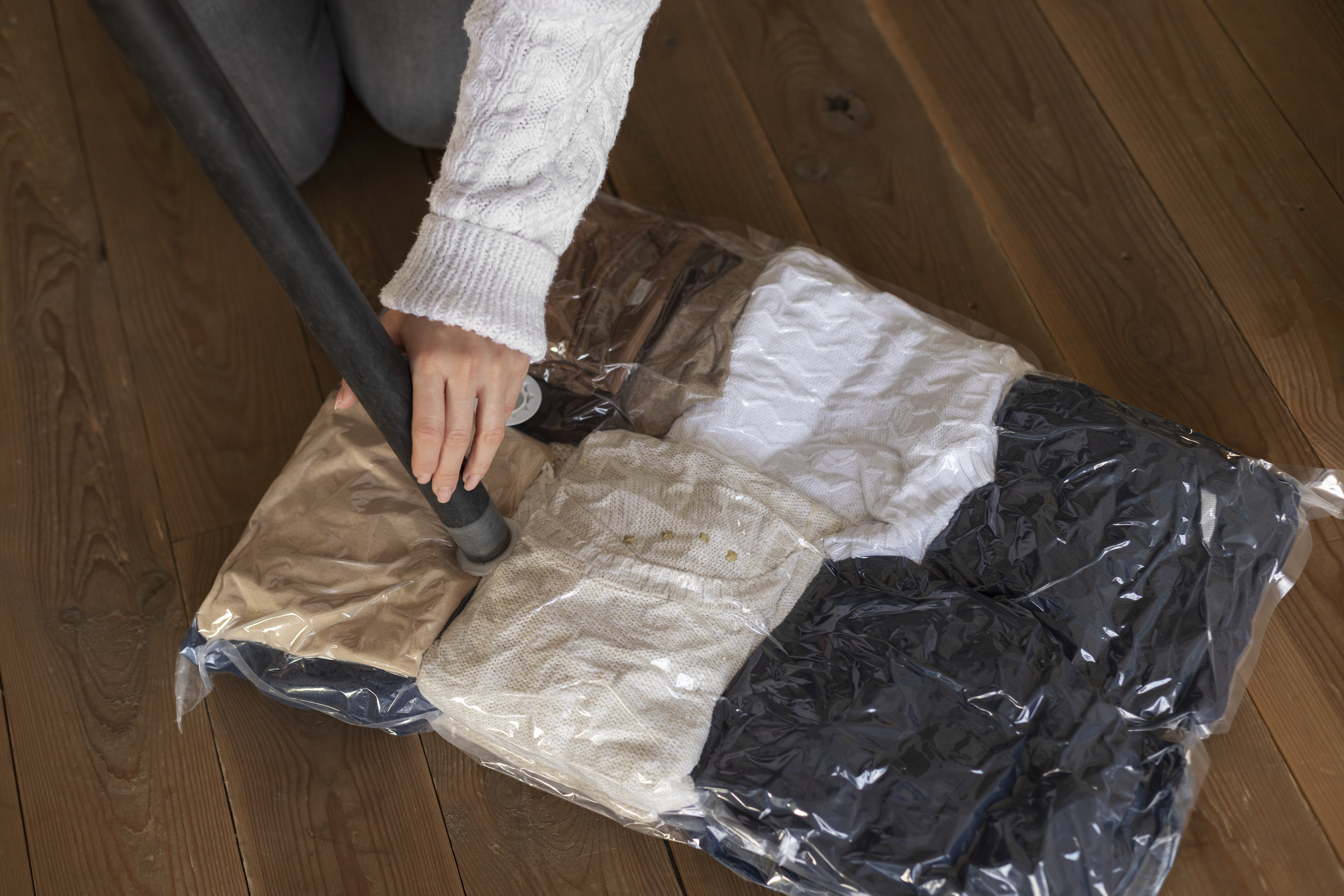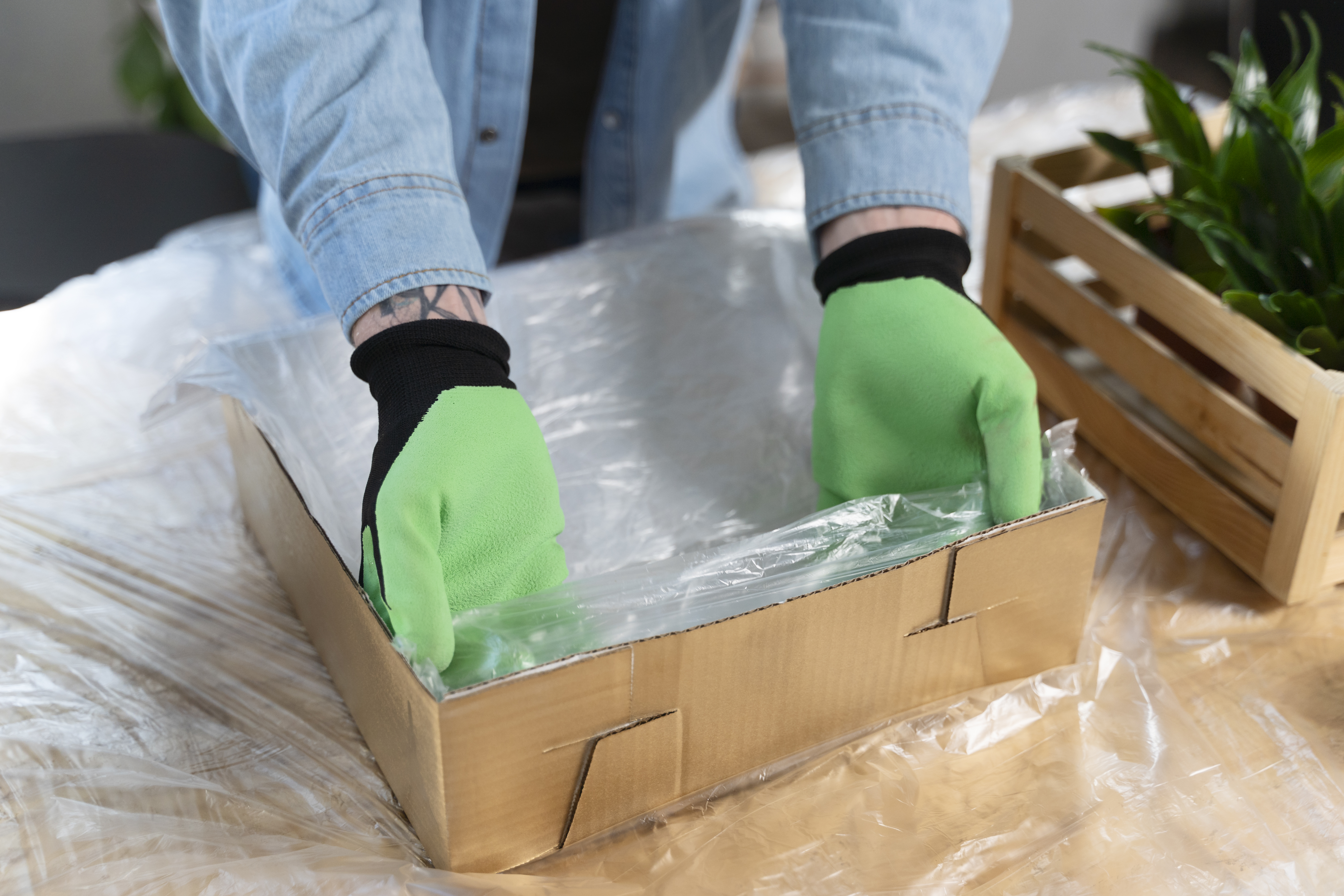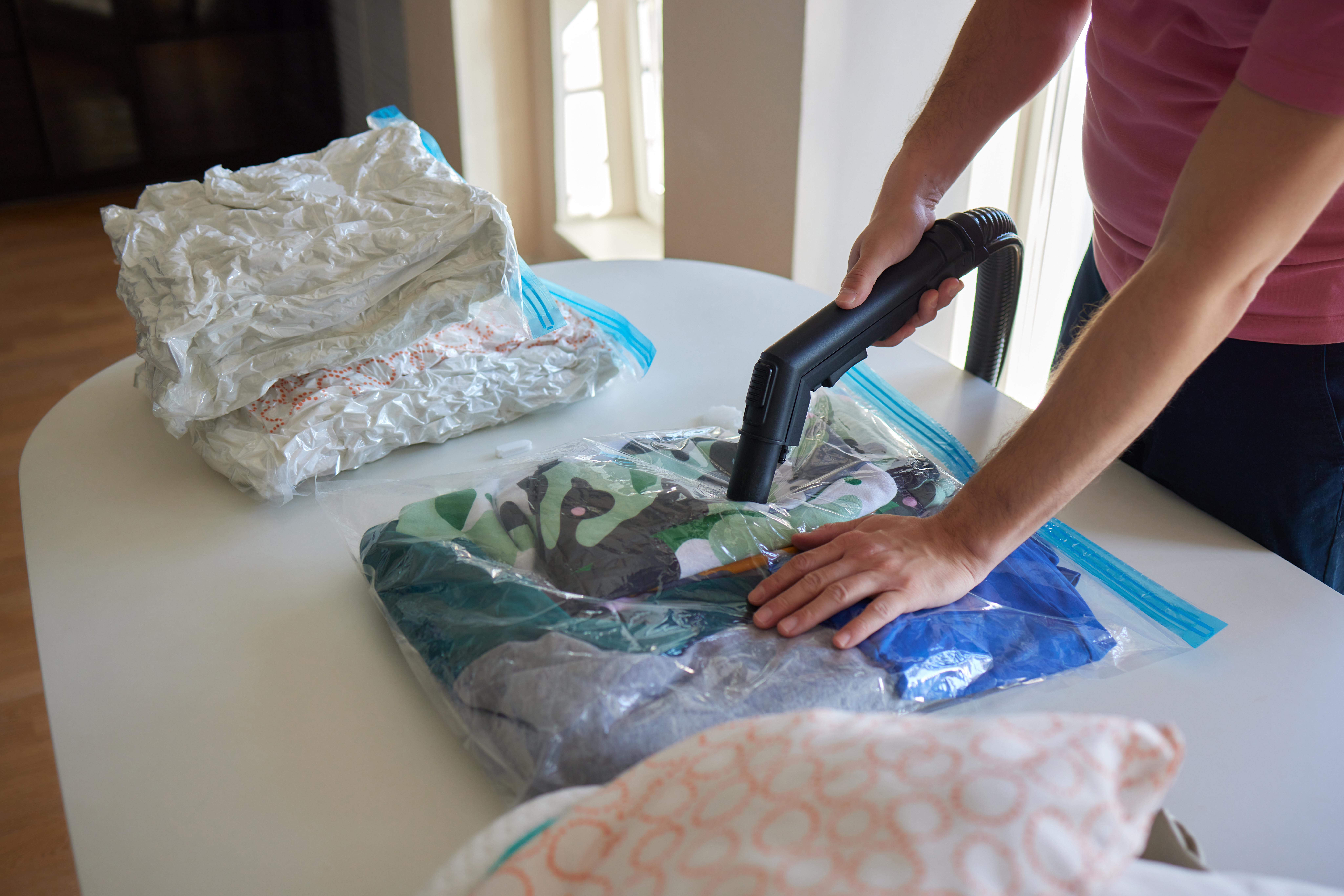
Ever wondered how some foods stay fresh for weeks, or how some families manage to move their belongings overseas without damage? The answer is often vacuum packing. This simple yet clever technique removes air from packaging, protecting food, clothes, electronics, and other valuables. In this post, we’ll explore what vacuum packing is, why it’s useful, and when it’s worth using, whether at home or during a move.
How Does Vacuum Packing Actually Work?
At its core, vacuum sealing is straightforward. You place your items in a special bag, remove the air using a vacuum sealer, and then seal it tight. Without oxygen, bacteria can’t grow, food stays fresh, and belongings remain safe from dust, moisture, and pests. Think of it as giving your items their little protective bubble.
Why Bother With Vacuum Packing?

There are plenty of reasons to consider vacuum packing:
- Keeps food fresher for longer – Perfect for meat, cheese, grains, or leftovers.
- Saves space – Compress bulky items like clothes, bedding, or luggage for easier storage.
- Protects your stuff – Keeps dust, moisture, and pests away from valuable items.
- Saves money – Less food waste and fewer damaged items mean lower replacement costs.
Vacuum Packing vs. Other Methods
Wondering how it compares to cling film, zip-lock bags, or bubble wrap? Here’s a quick comparison:
| Method | Pros | Cons |
| Cling film | Easy, cheap | Not airtight, short shelf life |
| Zip-lock bags | Convenient | Air stays inside, faster spoilage |
| Bubble wrap | Shock absorption | Doesn’t protect from moisture or dust |
| Vacuum packing | Airtight, compact, moisture-proof | Needs a sealer |
Vacuum sealing provides the best protection for both home storage and professional relocation.
Everyday Uses of Vacuum Packing
Here’s where vacuum packing comes in handy:
- Food storage at home – Keep groceries and leftovers fresh for weeks.
- Clothing and bedding – Save space when storing seasonal items or packing for travel.
- Documents and electronics – Protect against moisture, dust, and damage.
- Moving and relocation – Professional movers use vacuum packing for relocation to safeguard belongings during long-distance moves.
Practical Vacuum Packing Tips
Want to get the most out of your vacuum sealing? Try these tips:
- Freeze liquids before sealing to avoid spills.
- Label bags with dates and contents for easy organisation.
- Don’t overfill; leave a little room for proper sealing.
- Invest in high-quality vacuum bags that won’t tear.
Common Mistakes to Avoid
Even small errors can ruin a vacuum pack:
- Overstuffing bags
- Using cheap or thin bags
- Sealing sharp items without protective wrap
- Forgetting to clean the sealing area before closing
Eco-Friendly Benefits
Vacuum packing isn’t just practical; it can also be eco-conscious:
- Reusable vacuum bags reduce plastic waste
- Longer food shelf life = less food waste
- Professional movers like Interem reduce packing material waste by using industrial vacuum packing techniques
Home vs. Professional Vacuum Packing
| Aspect | Home Vacuum Packing | Professional Vacuum Packing |
| Durability | Works for short-term storage | Industrial-grade bags last longer |
| Convenience | You handle it yourself | Experts save you time and effort |
| Protection | Good for clothes/small items | Clothes, bedding, electronics, and fragile items |
| Cost | Lower upfront, higher risk | Cost-effective long-term |
| Space Efficiency | Moderate | Maximum compression for optimised packing |
Safety Tips for Valuables

Keep your items safe with these vacuum packing tips:
- Wrap fragile items like glassware in bubble wrap before sealing
- Avoid overpacking; bags can tear under pressure
- Electronics? Use anti-static sleeves before sealing
- Label all bags clearly for easy unpacking
Real-Life Applications
- Food industry: Extends shelf life up to five times (Food and Agriculture Organisation)
- Clothing & textiles: Families moving overseas save space and protect clothes from humidity
- Electronics: Sensitive devices stay safe from dust and static damage
FAQs About Vacuum Packing
Q1: How long does vacuum-packed food last?
About 3–5 times longer than normal storage. Frozen meat can last 2–3 years.
Q2: Can vacuum packing damage clothes?
Nope! Avoid delicate fabrics that crease easily.
Q3: Can I vacuum pack electronics?
Yes, but always wrap them in anti-static sleeves first.
Q4: How does vacuum packing help in moving?
It keeps belongings compact, dry, and protected, especially during long-distance or international moves.
Does Vacuum Packing Need to Be Repeated During Long Moves?
A common question is whether vacuum packing needs to be redone if relocation takes several weeks. The answer is no. Once your belongings are professionally vacuum sealed, the airtight protection remains effective until the bags are opened at your destination. Industrial-grade vacuum bags are designed to last for weeks or even months without losing their seal. This means a single round of professional vacuum packing is sufficient, whether your move takes a few days or stretches over several months.
Professional Vacuum Packing for Relocation
While vacuum packing at home is great for food and personal items, moving requires expertise. Interem Relocations provides professional vacuum packing services to:
- Protect clothes, bedding, electronics, and fragile items from dust and humidity
- Save space for more efficient packing and shipping
- Ensure your belongings arrive safely, no matter the distance
With professional vacuum packing, moving becomes stress-free, secure, and organised.

